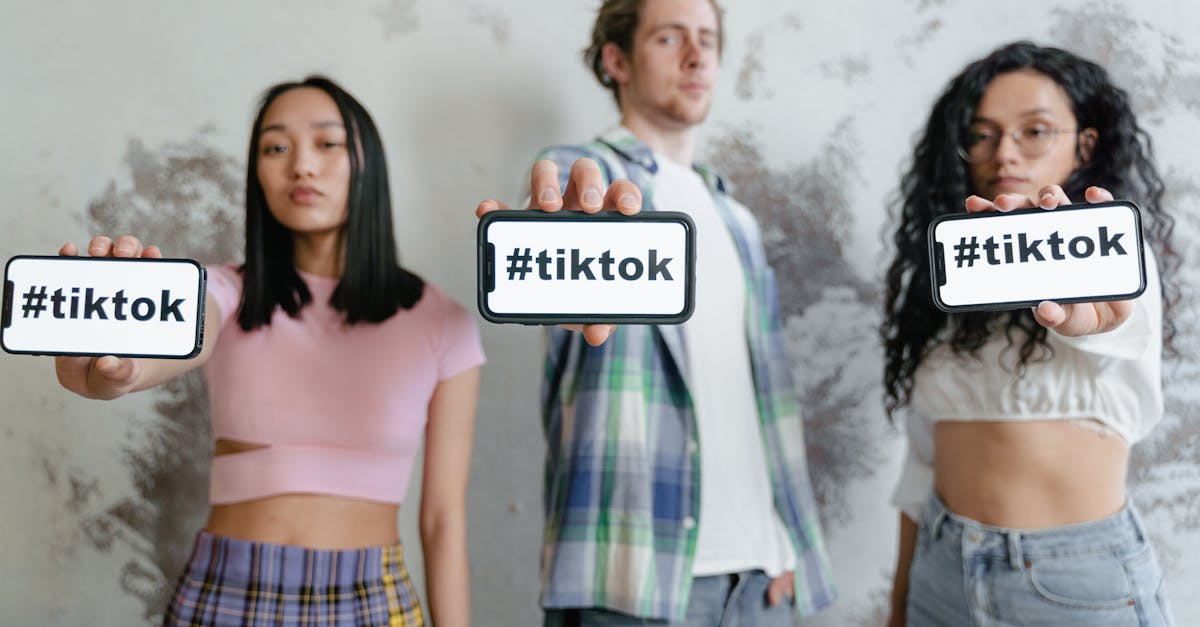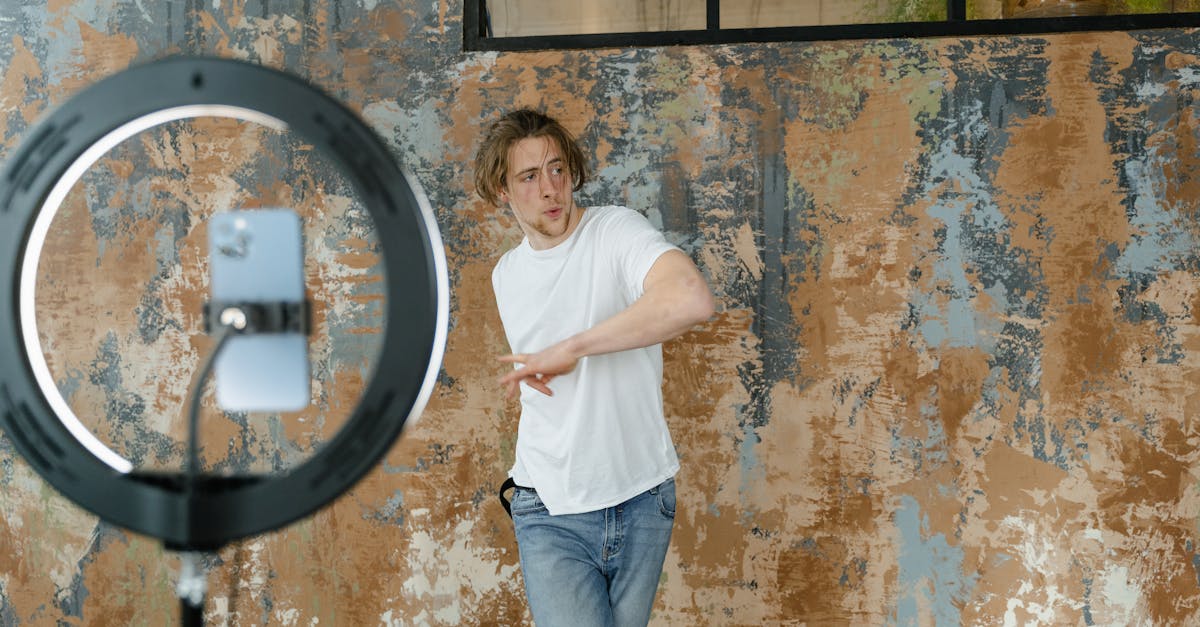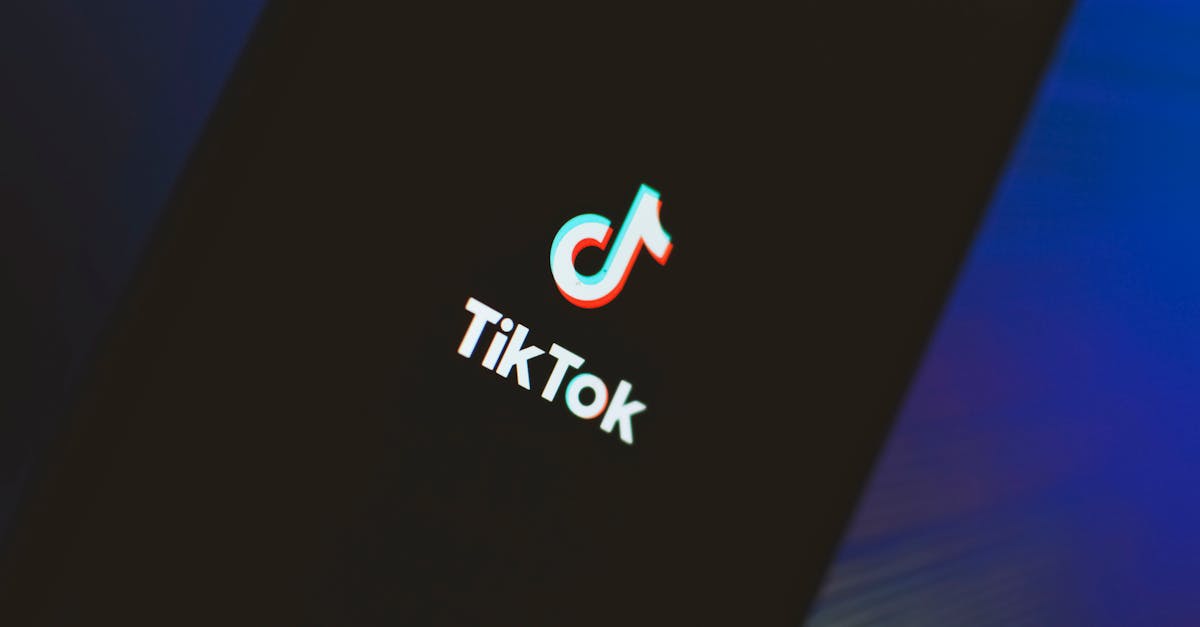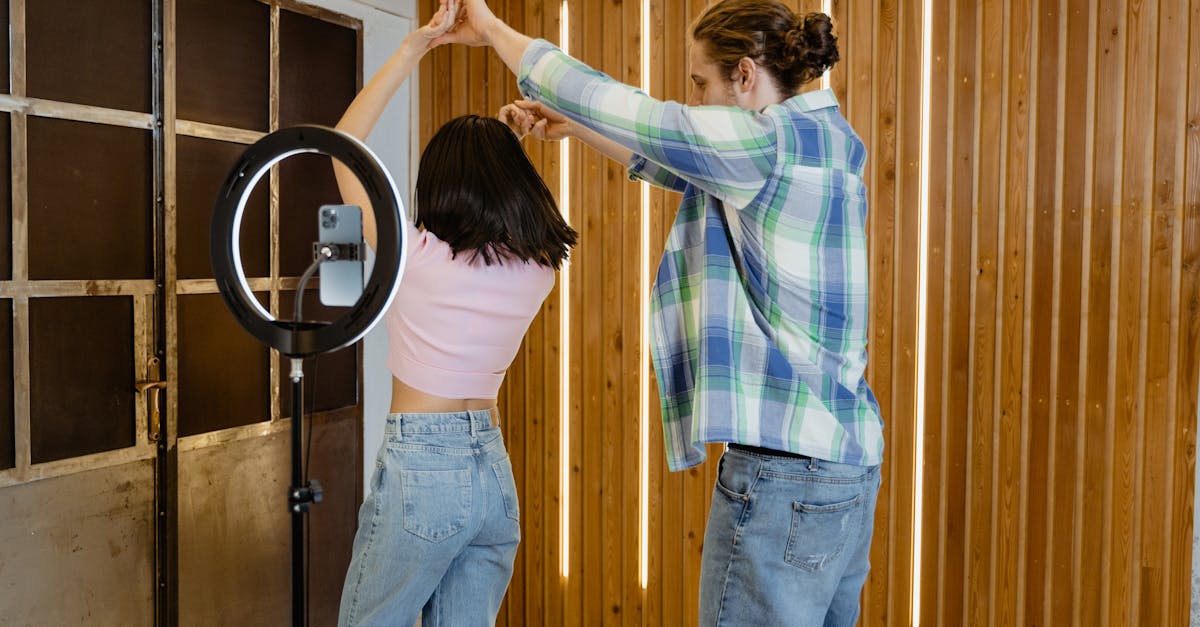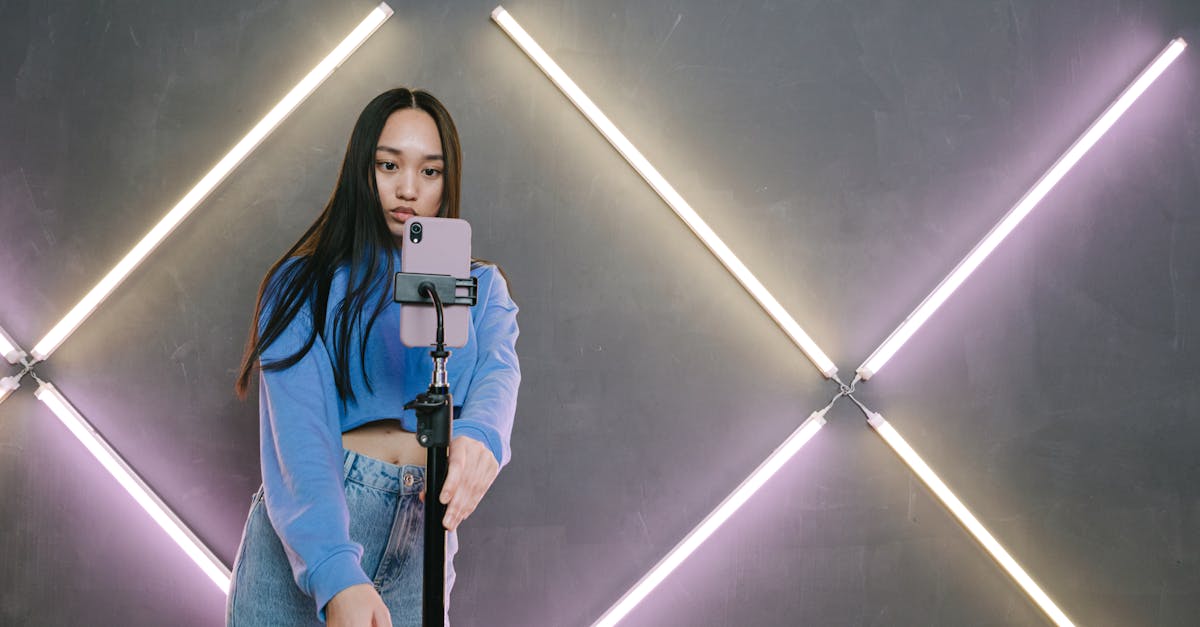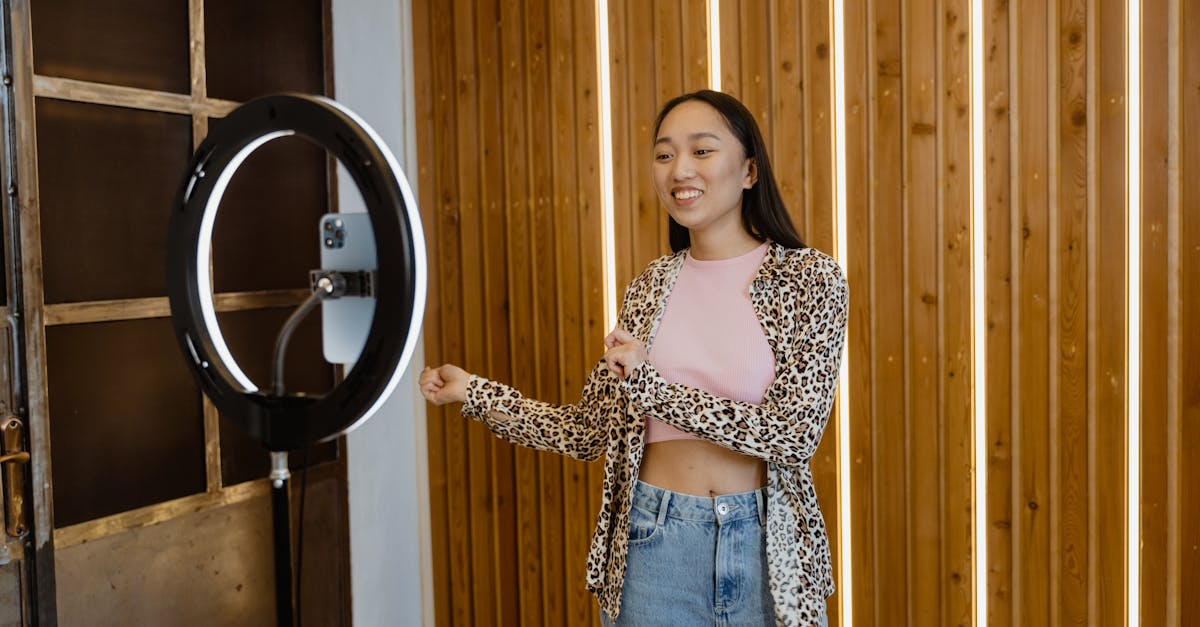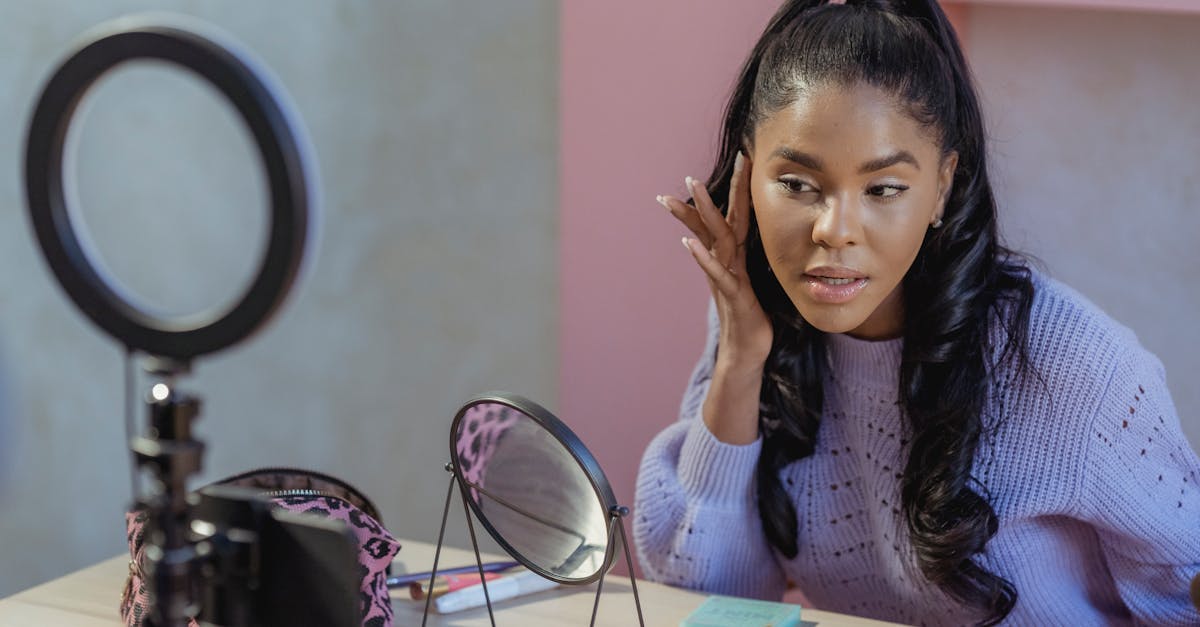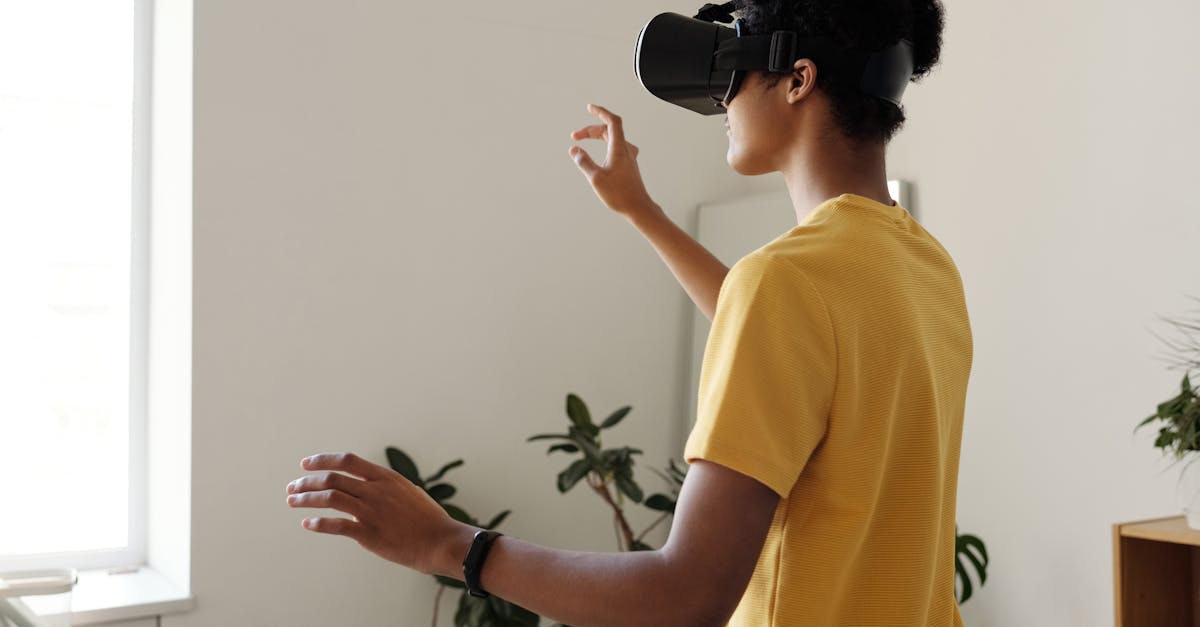Impact of Social Media on Beauty Standards 2024
Introduction
In the ever-evolving digital age, social media platforms like Instagram and TikTok have taken the front seat in influencing beauty standards. The vivid imagery and content shared globally impact how beauty is perceived and presented. As we step into 2024, understanding this influence becomes pivotal in addressing both its positive and negative aspects.
Advertisement
Historical Context
Historically, beauty standards were largely shaped by cultural norms and media, including magazines and television. However, the rise of social media has decentralized this influence, allowing anyone with an internet connection to become a tastemaker. This democratization of beauty ideals has diversified perceptions but also amplified expectations.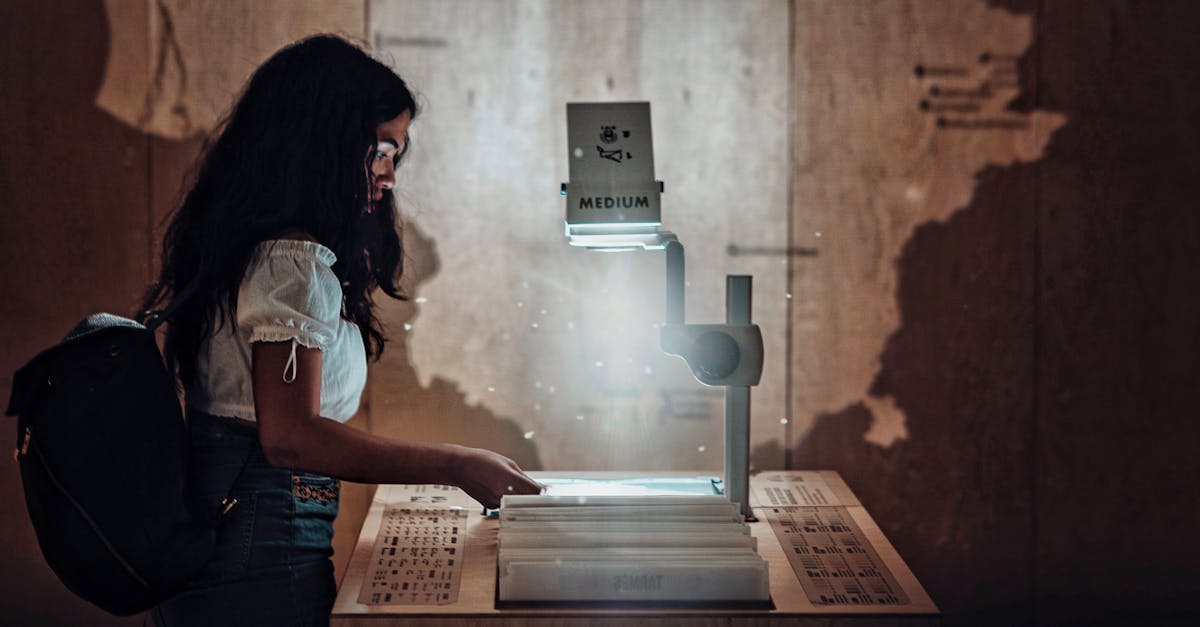
Advertisement
The Power of Influencers
Influencers play a significant role in setting beauty trends on social media. They often promote products or styles that thousands of followers eagerly adopt, impacting brand markets. With authenticity in high demand, this direct connection between influencers and their audience can foster a sense of community and belonging among followers.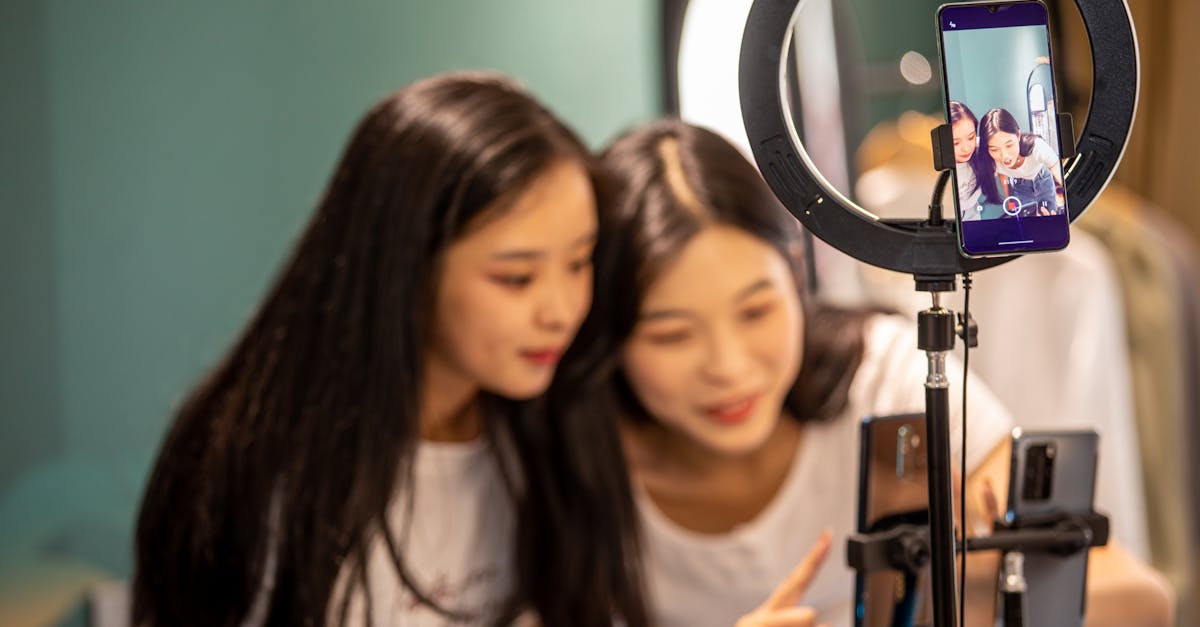
Advertisement
The Role of Filters and Editing
Filters and photo editing tools have become ubiquitous, altering how beauty is portrayed. These tools enable users to enhance their features, creating a polished and sometimes unrealistic image of beauty. In 2024, the debate continues on whether this trend promotes creativity or creates unattainable beauty standards.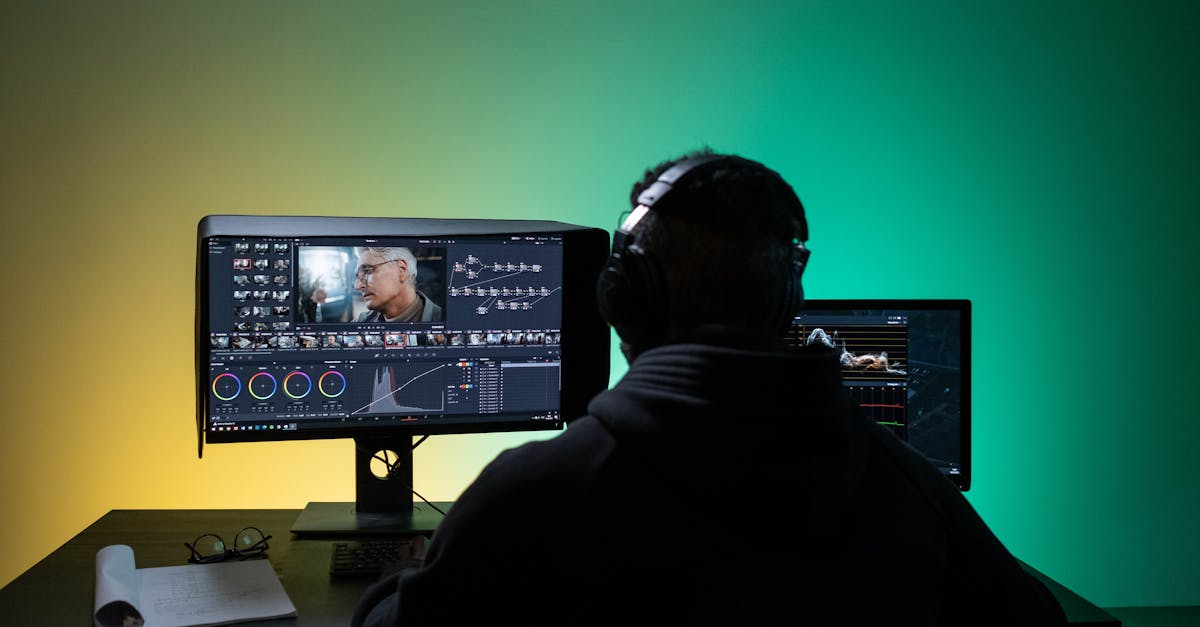
Advertisement
Impact on Self-Esteem
The relentless exposure to curated images and idealized beauty can negatively affect self-image and self-esteem. Many individuals, especially younger audiences, feel pressured to achieve these standards. This has prompted social media platforms to introduce features aimed at promoting digital well-being and authenticity, like warning labels on edited content.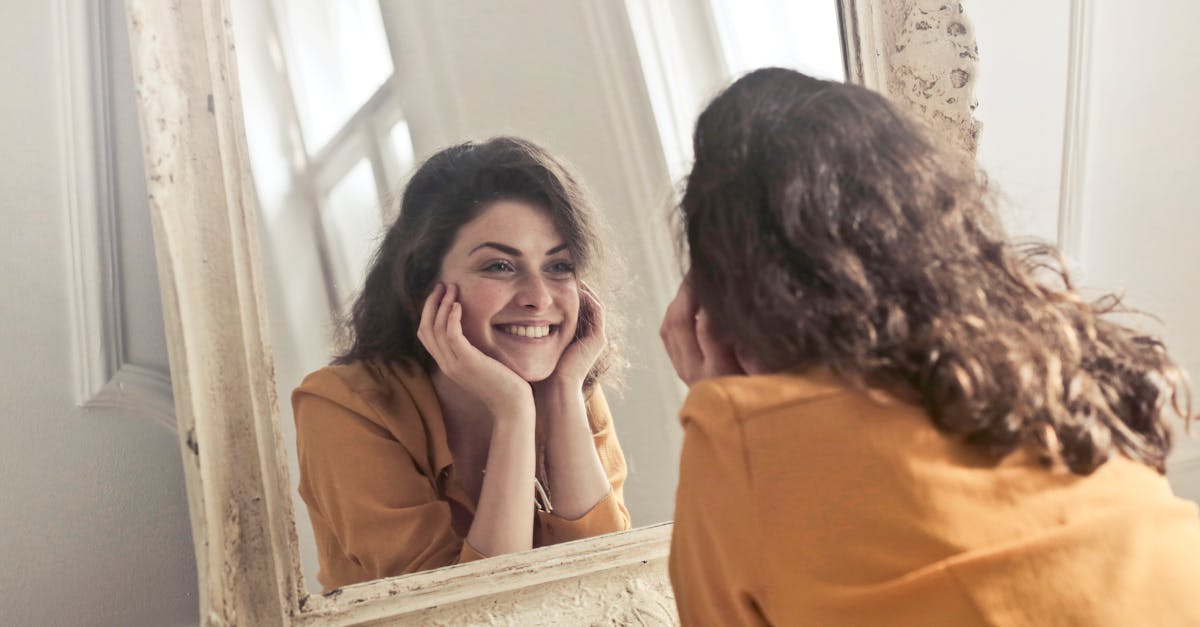
Advertisement
Inclusion and Diversity
Social media has also pushed boundaries by promoting inclusive and diverse representations of beauty. Movements celebrating body positivity, skin diversity, and gender expression have gained traction. In 2024, these movements continue to challenge traditional beauty norms and empower individuals to embrace their natural selves.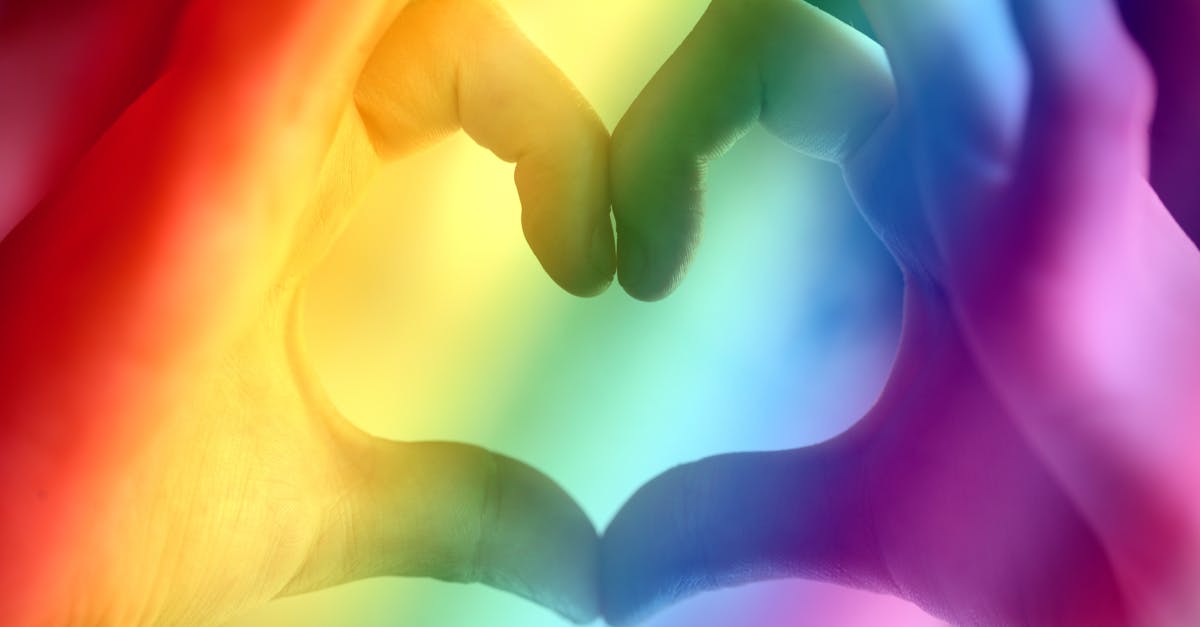
Advertisement
Economic Influence
Beauty brands collaborate with social media influencers to market products, capitalizing on trend-driven consumer behavior. As a result, the beauty industry has seen a surge in sales, especially within the skincare, makeup, and wellness sectors. Social media enables smaller brands to compete with larger ones, broadening market opportunities.
Advertisement
Innovation in Beauty Tech
With the integration of augmented reality (AR) applications, users experiment with new looks virtually before making purchases. This technological leap provides a personalized shopping experience and aligns with modern consumer desires for customization. In 2024, such innovations continue to reshape the beauty industry's landscape.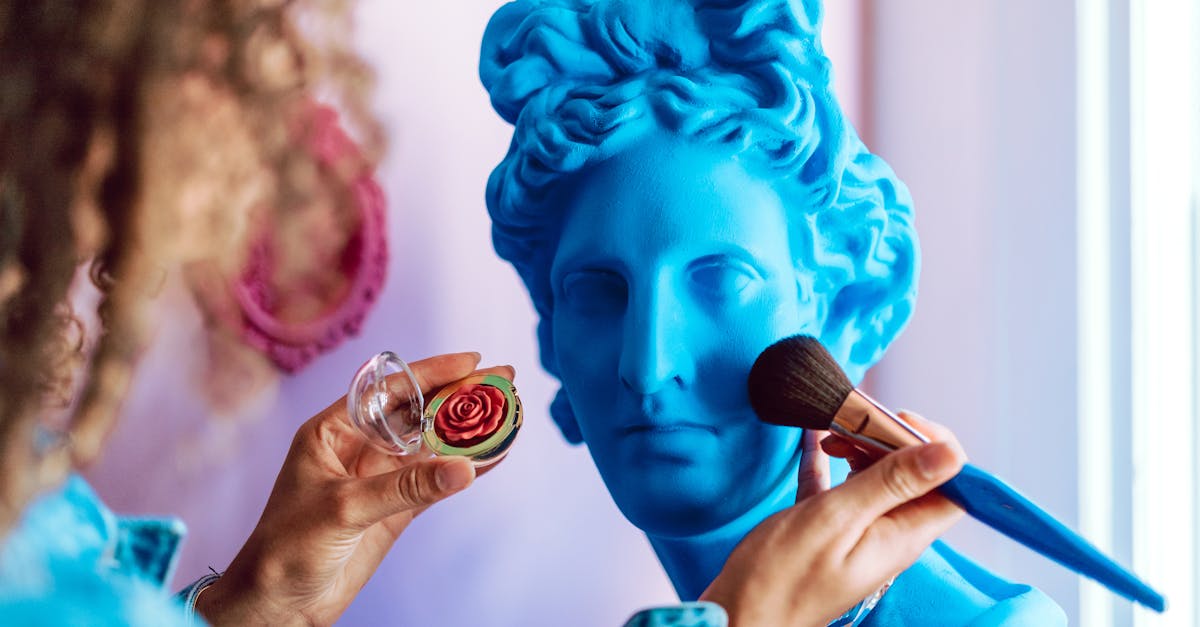
Advertisement
Educational Content
Beyond aesthetics, social media provides a platform for educational content on beauty and skincare. Many influencers and professionals actively share tips, tutorials, and product reviews, encouraging informed consumer decisions. The accessibility of expert advice contributes to a more knowledgeable public navigating today's beauty standards.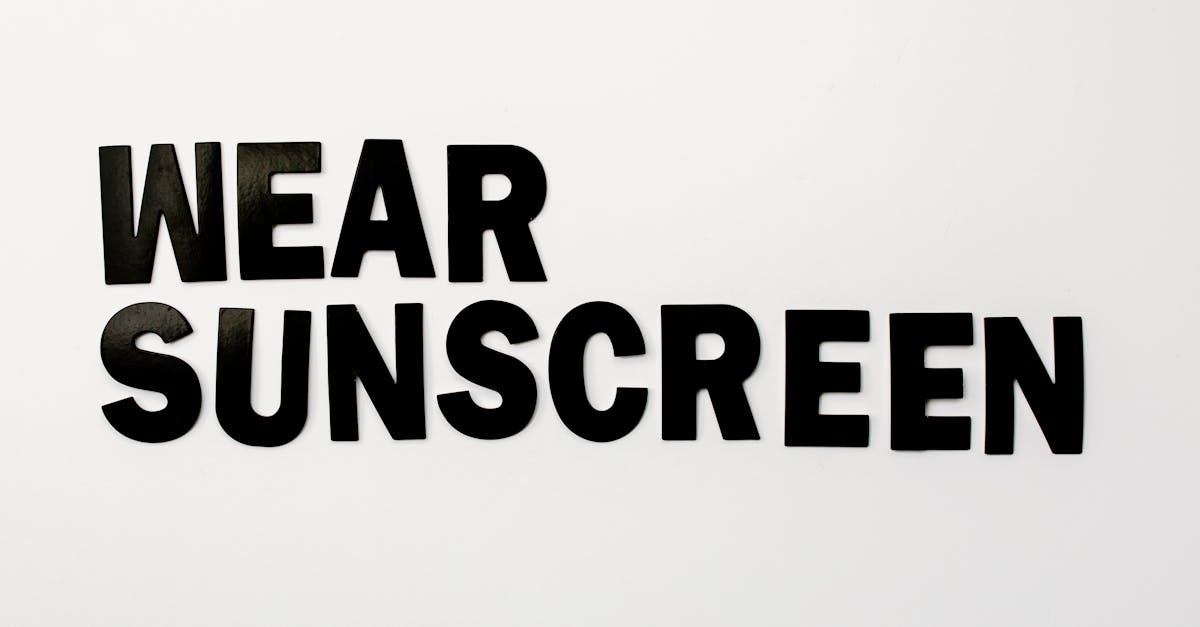
Advertisement
Conclusion
In conclusion, social media significantly shapes beauty standards in 2024, bringing both challenges and opportunities. Its influence is undeniable, with powerful impacts on self-perception, consumer behavior, and industry trends. By understanding these dynamics, individuals and brands can foster a more inclusive and realistic portrayal of beauty.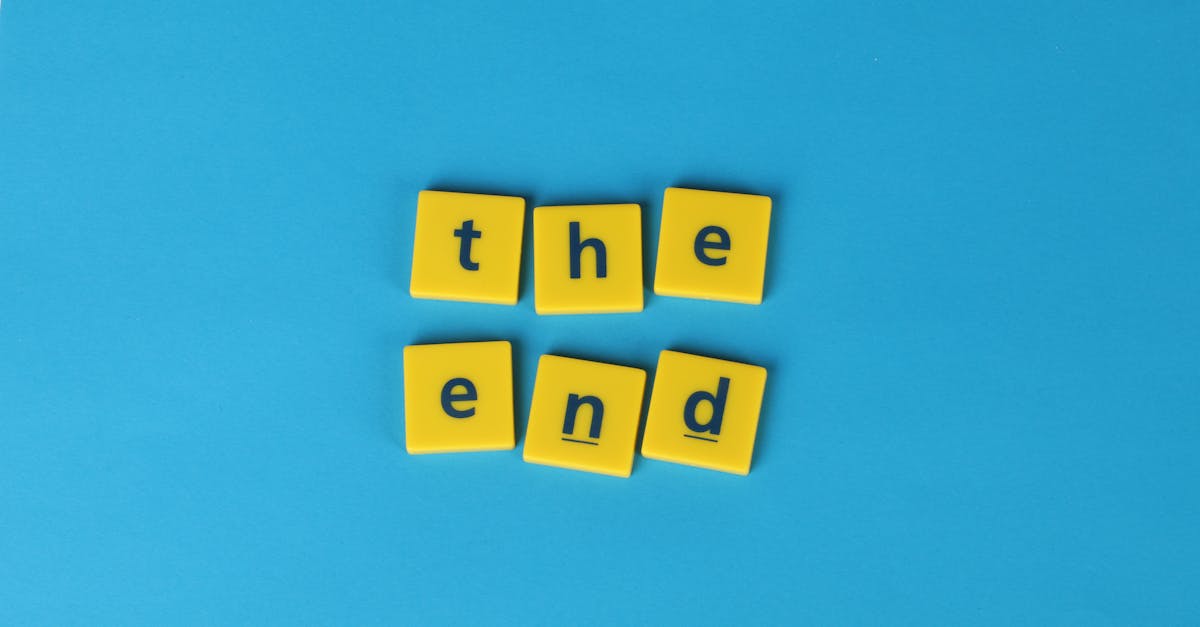
Advertisement

